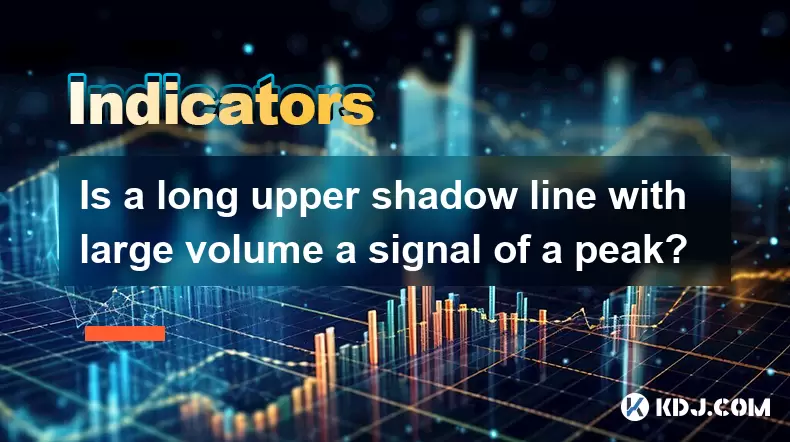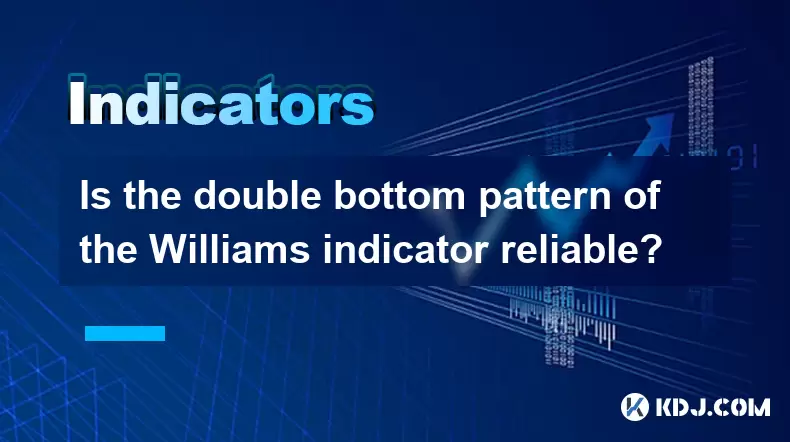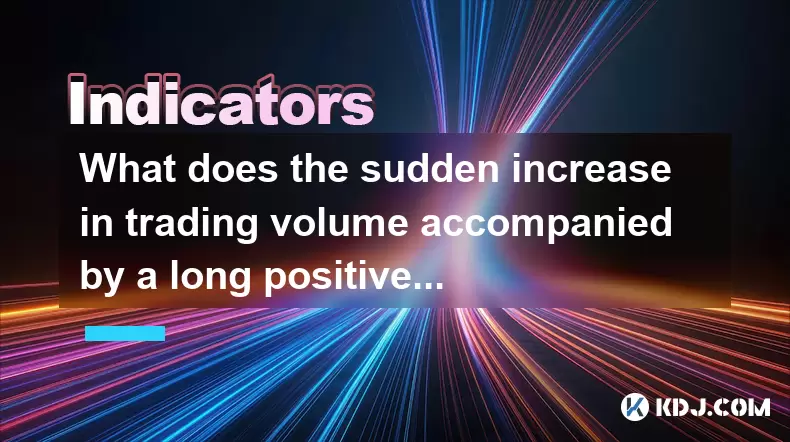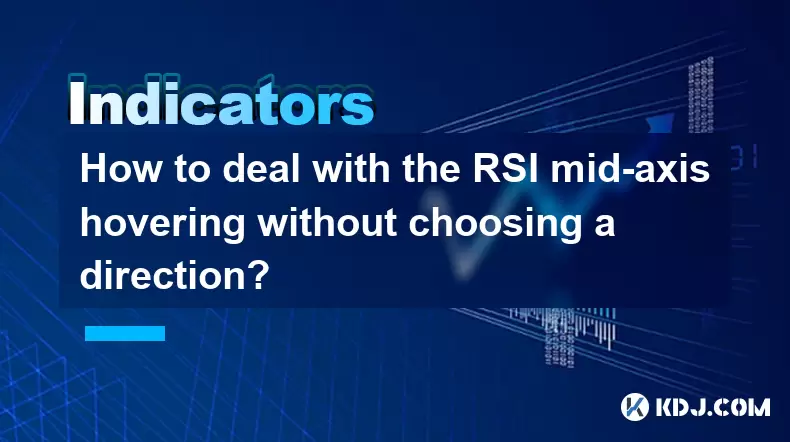-
 Bitcoin
Bitcoin $106,754.6083
1.33% -
 Ethereum
Ethereum $2,625.8249
3.80% -
 Tether USDt
Tether USDt $1.0001
-0.03% -
 XRP
XRP $2.1891
1.67% -
 BNB
BNB $654.5220
0.66% -
 Solana
Solana $156.9428
7.28% -
 USDC
USDC $0.9998
0.00% -
 Dogecoin
Dogecoin $0.1780
1.14% -
 TRON
TRON $0.2706
-0.16% -
 Cardano
Cardano $0.6470
2.77% -
 Hyperliquid
Hyperliquid $44.6467
10.24% -
 Sui
Sui $3.1128
3.86% -
 Bitcoin Cash
Bitcoin Cash $455.7646
3.00% -
 Chainlink
Chainlink $13.6858
4.08% -
 UNUS SED LEO
UNUS SED LEO $9.2682
0.21% -
 Avalanche
Avalanche $19.7433
3.79% -
 Stellar
Stellar $0.2616
1.64% -
 Toncoin
Toncoin $3.0222
2.19% -
 Shiba Inu
Shiba Inu $0.0...01220
1.49% -
 Hedera
Hedera $0.1580
2.75% -
 Litecoin
Litecoin $87.4964
2.29% -
 Polkadot
Polkadot $3.8958
3.05% -
 Ethena USDe
Ethena USDe $1.0000
-0.04% -
 Monero
Monero $317.2263
0.26% -
 Bitget Token
Bitget Token $4.5985
1.68% -
 Dai
Dai $0.9999
0.00% -
 Pepe
Pepe $0.0...01140
2.44% -
 Uniswap
Uniswap $7.6065
5.29% -
 Pi
Pi $0.6042
-2.00% -
 Aave
Aave $289.6343
6.02%
What does it mean when the trading volume is enlarged but the K-line body is very small?
High volume with small K-line bodies signals market indecision, often seen during consolidation or institutional activity, suggesting potential trend continuation or reversal depending on context.
Jun 16, 2025 at 11:42 am

Understanding the Basics of K-line and Trading Volume
In cryptocurrency trading, K-line charts, also known as candlestick charts, are essential tools for analyzing price movements. Each K-line represents a specific time period and shows four key data points: open, high, low, and close. The body of the K-line reflects the difference between the opening and closing prices. When the body is small, it indicates that the opening and closing prices are close to each other.
Trading volume, on the other hand, refers to the total number of assets traded during a given period. It provides insight into the strength or weakness of a price movement. Typically, rising prices accompanied by high volume suggest strong buying pressure, while falling prices with high volume indicate strong selling pressure.
The Significance of High Volume with Small K-line Bodies
When trading volume increases significantly but the K-line body remains small, it signals a potential imbalance in market sentiment. This phenomenon often occurs when there is a surge in trading activity, yet the price does not move substantially up or down. Such a scenario can be interpreted as a tug-of-war between buyers and sellers, where neither side manages to gain control over the price direction.
This situation may arise due to several reasons:
- Market indecision: Traders are uncertain about the next price movement.
- Price congestion: The asset is trading within a tight range.
- Whipsaw conditions: False breakouts trigger rapid reversals.
The combination of high volume and minimal price change suggests that large orders might be executed at various price levels without pushing the price significantly in one direction.
Interpreting This Pattern in Different Market Contexts
The interpretation of increased volume with small-bodied K-lines depends heavily on the broader market context. Here are some possible scenarios:
- During a strong uptrend or downtrend: A sudden appearance of small-bodied K-lines with high volume may indicate profit-taking or consolidation before a continuation of the trend.
- At key support or resistance levels: These patterns may reflect aggressive testing of these levels by institutional traders or algorithms.
- In sideways markets: They could represent accumulation or distribution phases where large players are building positions without causing significant price shifts.
It’s crucial to analyze this pattern alongside other technical indicators like moving averages, RSI, or MACD to confirm whether the market is entering a reversal or continuation phase.
How Institutional Activity Influences This Phenomenon
One reason for high volume with minimal price movement is the presence of large institutional trades. These entities often use sophisticated execution strategies such as iceberg orders or dark pool trading to avoid moving the market too much when entering or exiting large positions.
These strategies fragment large trades into smaller ones, creating the illusion of high retail participation. As a result, the volume appears inflated, but the actual price impact remains limited because the trades are carefully orchestrated to minimize slippage.
Retail traders observing this pattern might misinterpret it as a false signal or market manipulation. Understanding the role of institutional involvement helps in better interpreting the true market dynamics behind the chart.
Practical Steps to Analyze and React to This Signal
If you encounter a situation where volume spikes but the K-line body is small, follow these steps for a more informed analysis:
- Check the timeframe: Determine whether the pattern occurs on short-term (e.g., 15-minute) or long-term (e.g., daily) charts. Short-term spikes may be noise, while those on higher timeframes carry more weight.
- Identify recent price action: Has the asset been trending up, down, or consolidating? Context matters.
- Look for nearby support/resistance levels: Are prices approaching a critical zone?
- Use additional indicators: Overlay RSI, MACD, or Bollinger Bands to gauge momentum and volatility.
- Observe subsequent candles: Do they confirm a breakout or reversal?
Avoid making impulsive trades based solely on this signal. Wait for confirmation from follow-through candles or increased momentum before taking a position.
Frequently Asked Questions
Q1: Can high volume with small K-line bodies indicate a reversal?
Yes, especially if the pattern appears after a prolonged trend. It may reflect waning momentum and growing indecision among traders, potentially setting the stage for a reversal.
Q2: Is this pattern common in all cryptocurrencies?
This phenomenon occurs across most liquid cryptocurrencies, particularly those with high trading volumes like Bitcoin and Ethereum. Less liquid altcoins may exhibit similar behavior but with less reliability due to thinner order books.
Q3: Should I place trades based only on this pattern?
No, it's not advisable to trade based solely on this pattern. Use it in conjunction with other technical tools and market context for better accuracy.
Q4: How do I differentiate between accumulation and distribution using this pattern?
Accumulation typically happens at support levels with gradual volume buildup, while distribution occurs near resistance zones. Watch how price reacts afterward—breakouts above resistance suggest accumulation, while breakdowns below support imply distribution.
Disclaimer:info@kdj.com
The information provided is not trading advice. kdj.com does not assume any responsibility for any investments made based on the information provided in this article. Cryptocurrencies are highly volatile and it is highly recommended that you invest with caution after thorough research!
If you believe that the content used on this website infringes your copyright, please contact us immediately (info@kdj.com) and we will delete it promptly.
- 2025-W Uncirculated American Gold Eagle and Dr. Vera Rubin Quarter Mark New Products
- 2025-06-13 06:25:13
- Ruvi AI (RVU) Leverages Blockchain and Artificial Intelligence to Disrupt Marketing, Entertainment, and Finance
- 2025-06-13 07:05:12
- H100 Group AB Raises 101 Million SEK (Approximately $10.6 Million) to Bolster Bitcoin Reserves
- 2025-06-13 06:25:13
- Galaxy Digital CEO Mike Novogratz Says Bitcoin Will Replace Gold and Go to $1,000,000
- 2025-06-13 06:45:13
- Trust Wallet Token (TWT) Price Drops 5.7% as RWA Integration Plans Ignite Excitement
- 2025-06-13 06:45:13
- Ethereum (ETH) Is in the Second Phase of a Three-Stage Market Cycle
- 2025-06-13 07:25:13
Related knowledge

Is a long upper shadow line with large volume a signal of a peak?
Jun 17,2025 at 05:07am
Understanding the Long Upper Shadow LineA long upper shadow line, often referred to as a shooting star or inverted hammer depending on its location in a chart, is a candlestick pattern that indicates potential reversal from an uptrend. This pattern forms when prices rise significantly during the trading period but then fall back to close near the openin...

How to confirm the effectiveness of the average price line support in the time-sharing chart?
Jun 17,2025 at 12:56am
Understanding the Time-Sharing Chart and Its RelevanceIn cryptocurrency trading, time-sharing charts play a crucial role in analyzing short-term price movements. These charts typically display price fluctuations over a specific period, often ranging from minutes to hours. Traders rely on them to make quick decisions based on real-time data. The average ...

What does it mean when the momentum indicator breaks above the zero axis?
Jun 17,2025 at 12:43am
Understanding the Momentum IndicatorThe momentum indicator is a technical analysis tool used to measure the speed or velocity of price movements in cryptocurrency markets. It helps traders identify potential trend reversals, overbought or oversold conditions, and confirms existing trends. The indicator typically oscillates around a zero line, with value...

Is the double bottom pattern of the Williams indicator reliable?
Jun 17,2025 at 03:56am
Understanding the Williams Indicator and Its SignificanceThe Williams %R indicator, often referred to as Williams Percent Range, is a momentum oscillator used in technical analysis to identify overbought or oversold conditions in the market. Developed by Larry Williams, this indicator fluctuates between 0 and -100, with readings above -20 indicating ove...

What does the sudden increase in trading volume accompanied by a long positive line mean?
Jun 17,2025 at 06:01am
Understanding the Sudden Surge in Trading VolumeWhen traders observe a sudden increase in trading volume, it typically signals a significant shift in market sentiment. This surge often indicates that more participants are entering or exiting positions, which could be due to news events, macroeconomic data releases, or institutional activity. High tradin...

How to deal with the RSI mid-axis hovering without choosing a direction?
Jun 17,2025 at 02:02am
Understanding RSI Mid-Axis Hovering in Cryptocurrency TradingThe Relative Strength Index (RSI) is a popular momentum oscillator used by traders to assess whether an asset is overbought or oversold. In cryptocurrency markets, it's common for the RSI to hover around its mid-axis, typically at the 50 level, without showing a clear upward or downward trend....

Is a long upper shadow line with large volume a signal of a peak?
Jun 17,2025 at 05:07am
Understanding the Long Upper Shadow LineA long upper shadow line, often referred to as a shooting star or inverted hammer depending on its location in a chart, is a candlestick pattern that indicates potential reversal from an uptrend. This pattern forms when prices rise significantly during the trading period but then fall back to close near the openin...

How to confirm the effectiveness of the average price line support in the time-sharing chart?
Jun 17,2025 at 12:56am
Understanding the Time-Sharing Chart and Its RelevanceIn cryptocurrency trading, time-sharing charts play a crucial role in analyzing short-term price movements. These charts typically display price fluctuations over a specific period, often ranging from minutes to hours. Traders rely on them to make quick decisions based on real-time data. The average ...

What does it mean when the momentum indicator breaks above the zero axis?
Jun 17,2025 at 12:43am
Understanding the Momentum IndicatorThe momentum indicator is a technical analysis tool used to measure the speed or velocity of price movements in cryptocurrency markets. It helps traders identify potential trend reversals, overbought or oversold conditions, and confirms existing trends. The indicator typically oscillates around a zero line, with value...

Is the double bottom pattern of the Williams indicator reliable?
Jun 17,2025 at 03:56am
Understanding the Williams Indicator and Its SignificanceThe Williams %R indicator, often referred to as Williams Percent Range, is a momentum oscillator used in technical analysis to identify overbought or oversold conditions in the market. Developed by Larry Williams, this indicator fluctuates between 0 and -100, with readings above -20 indicating ove...

What does the sudden increase in trading volume accompanied by a long positive line mean?
Jun 17,2025 at 06:01am
Understanding the Sudden Surge in Trading VolumeWhen traders observe a sudden increase in trading volume, it typically signals a significant shift in market sentiment. This surge often indicates that more participants are entering or exiting positions, which could be due to news events, macroeconomic data releases, or institutional activity. High tradin...

How to deal with the RSI mid-axis hovering without choosing a direction?
Jun 17,2025 at 02:02am
Understanding RSI Mid-Axis Hovering in Cryptocurrency TradingThe Relative Strength Index (RSI) is a popular momentum oscillator used by traders to assess whether an asset is overbought or oversold. In cryptocurrency markets, it's common for the RSI to hover around its mid-axis, typically at the 50 level, without showing a clear upward or downward trend....
See all articles

























































































